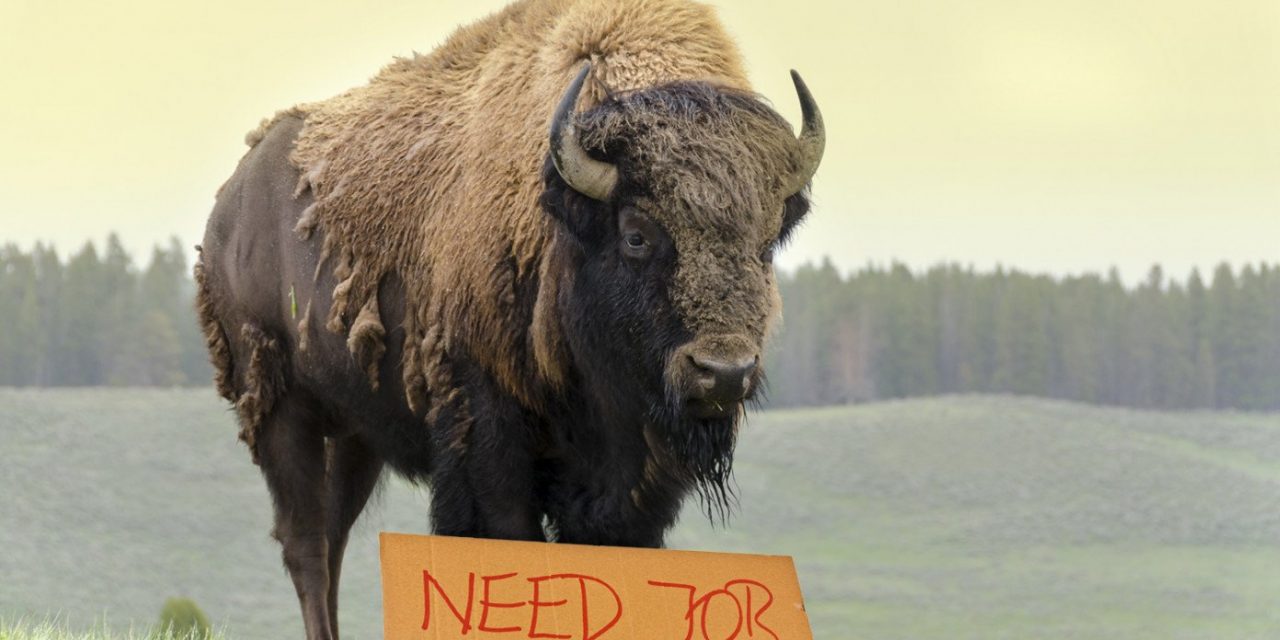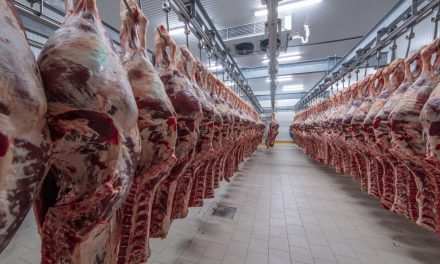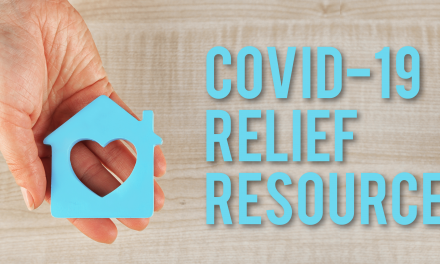The COVID-19 pandemic set off an economic crisis that pushed the U.S. unemployment rate to levels that rivaled the highs of the Great Depression. Fortunately, the recovery has been relatively rapid, and weekly initial unemployment claims in the United States have been below half a million since early May 2021. The last time they were below that threshold was in March 2020, when President Donald Trump declared a state of emergency for COVID-19.
Whether brought about by a pandemic or not, unemployment is never desirable. However, in some states, conditions are more favorable for those out of work than in others. The quality of the labor market, strength of the social safety net, and the current speed of labor market recovery are all factors that vary from state to state.
Based on an index of these factors, Wyoming ranks as the eighth-worst place to be unemployed. Due to expanded eligibility during the pandemic, the share of the unemployed population receiving benefits in Wyoming increased from 19.5% in 2019 to 50.3% in 2020. Meanwhile, the national 2020 recipiency rate stands at 77.6%, up from 27.7% the previous year. It is important to note that in some states, perhaps also due to expanded eligibility, the average number of people who received UI benefits in 2020 exceeds the average number of unemployed people over the year.
The average weekly unemployment benefit payout in Wyoming — not including the additional federal benefits that were added during the pandemic — totaled $418 in 2020, enough to cover 44.7% of the average weekly working wage in the state. For context, the average payout nationwide was $321 per week in 2020 or 38.3% of the average weekly wage.
Over the past year, the job market has gained momentum, and overall employment nationwide climbed 13.4% between April 2020 and April 2021. However, in Wyoming, job gains were slower, as overall employment increased by 1.9% over the same period. Currently, the monthly jobless rate in Wyoming stands at 5.4%, slightly lower than the April 2021 national unemployment rate of 6.1%.
In June, Governor Mark Gordon withdrew Wyoming from its participation in the federal supplemental benefits program because of workforce shortages.
“Wyoming needs workers, our businesses are raring to go,” Governor Gordon said. “I recognize the challenges facing Wyoming employers, and I believe it’s critical for us to do what we can to encourage more hiring. Federal unemployment programs have provided short-term relief for displaced and vulnerable workers at a tough time, but are now hindering the pace of our recovery. People want to work, and work is available. Incentivizing people not to work is just plain un-American.”
The index used to create this ranking incorporates four measures: unemployment benefit recipiency (the share of unemployed receiving UI), average weekly unemployment payments as a share of average wages, one-year employment growth, and the April unemployment rate. All data used in this ranking is from the U.S. Department of Labor. Click here to see the best and worst states to be unemployed.
This article was prepared, in part, by The Center Square for Tracing Buffalo News






Recent Comments